Even though most of us will never set foot on the moon, nearly everybody today has some connection to space! We use space technology-derived products on a daily basis.
Check out our list of 14 everyday items that were invented originally by NASA for space travel.
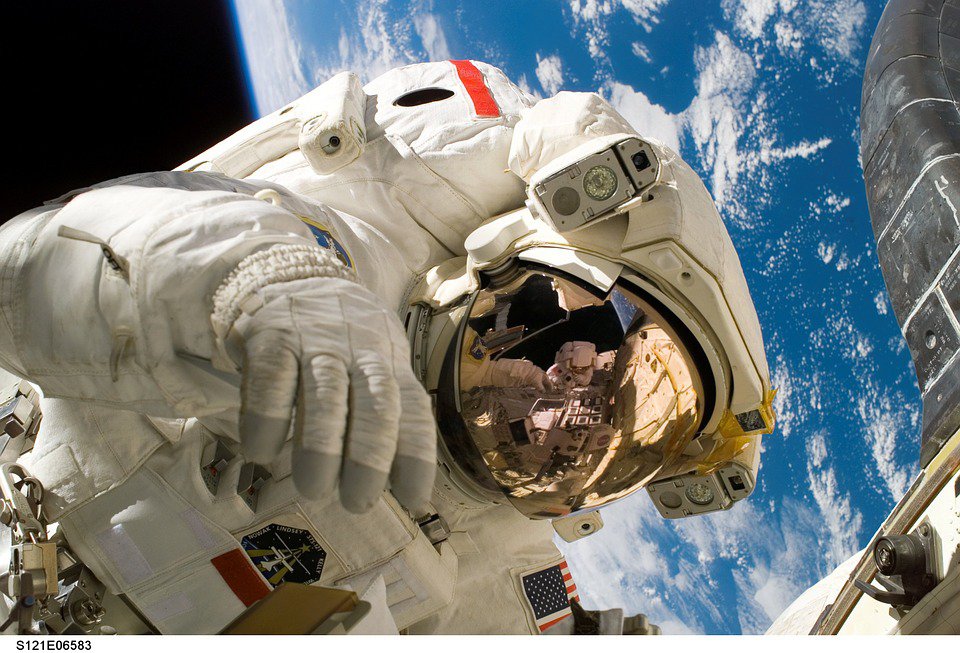
1. Memory Foam
Memory Foam was designed for NASA spacecraft seats to reduce the impact of landing on the physic of the astronauts. Now, memory foams are used in sleeping mattresses to provide trouble-free and comfortable sleep to millions of people.

2. Dust Busters
NASA approached Black & Decker to develop a lightweight device that can collect the samples of the moon. This technology was then used in 1979 to create dust busters which ensures dust-free homes and offices.

3. Invisible Braces
A company working with NASA invented the translucent ceramic that serves as a critical component of invisible braces which are now one of the best-selling dental products.

4. Scratch-Resistant Lens
NASA developed a process to create scratch-resistant lenses that protect astronauts’ helmet visors from damageable dust and particles present in the space environment. The optical industry then adopted that technology and made eyeglasses ten times more scratch-resistant than before.

5. Artificial Limbs
NASA developed artificial limbs to improve artificial muscle systems used in space robotics and extravehicular activities. This technology later helped thousands of physically challenged people by making their day-to-day chores easier.
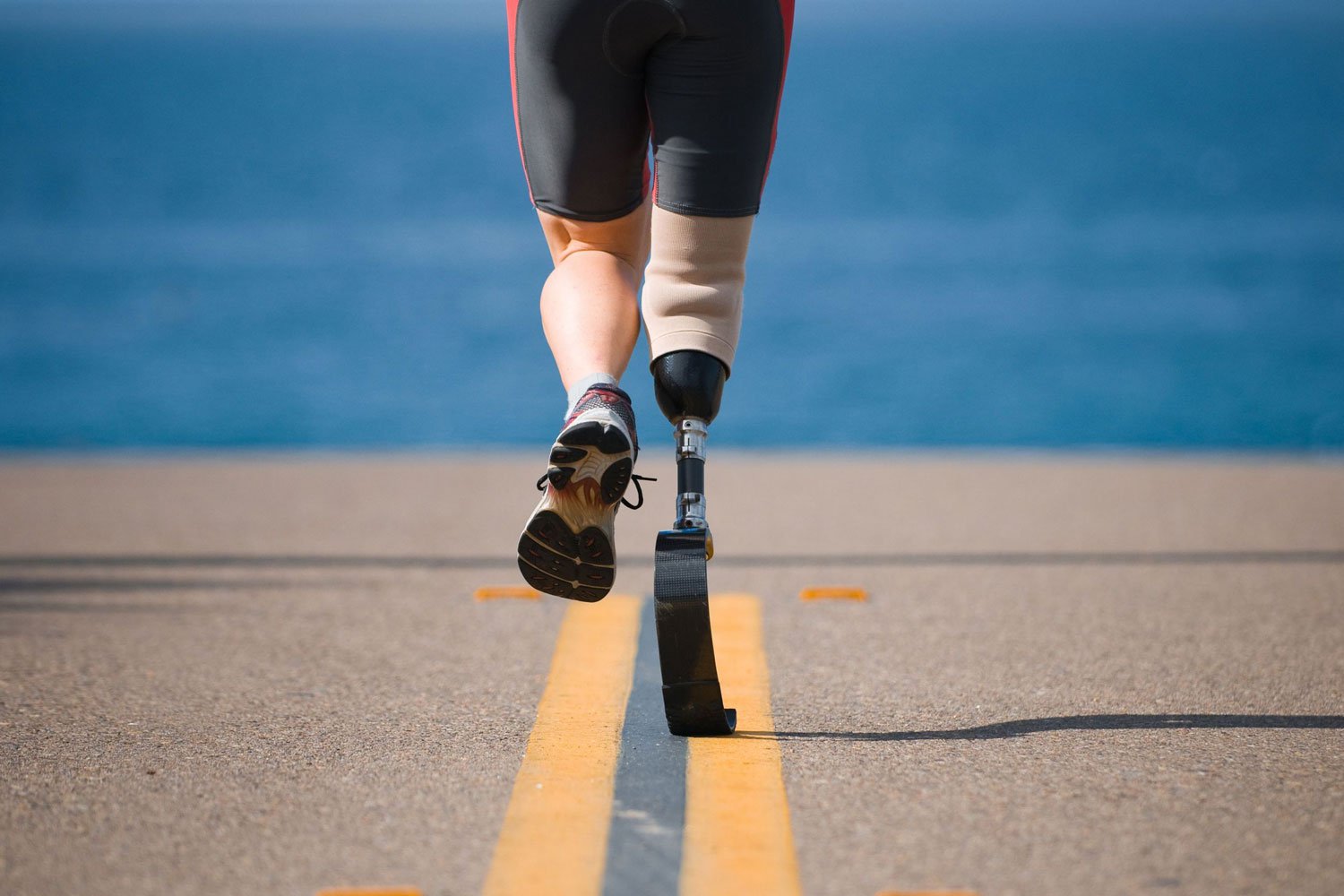
6. Athletic Shoes
NASA invented a rubber molding process for astronaut helmets and suits that worked as shock absorbers. The same principle was applied in the creation of shock absorbers in the bottom of the shoes which went on to be a common feature in athletic sneakers.
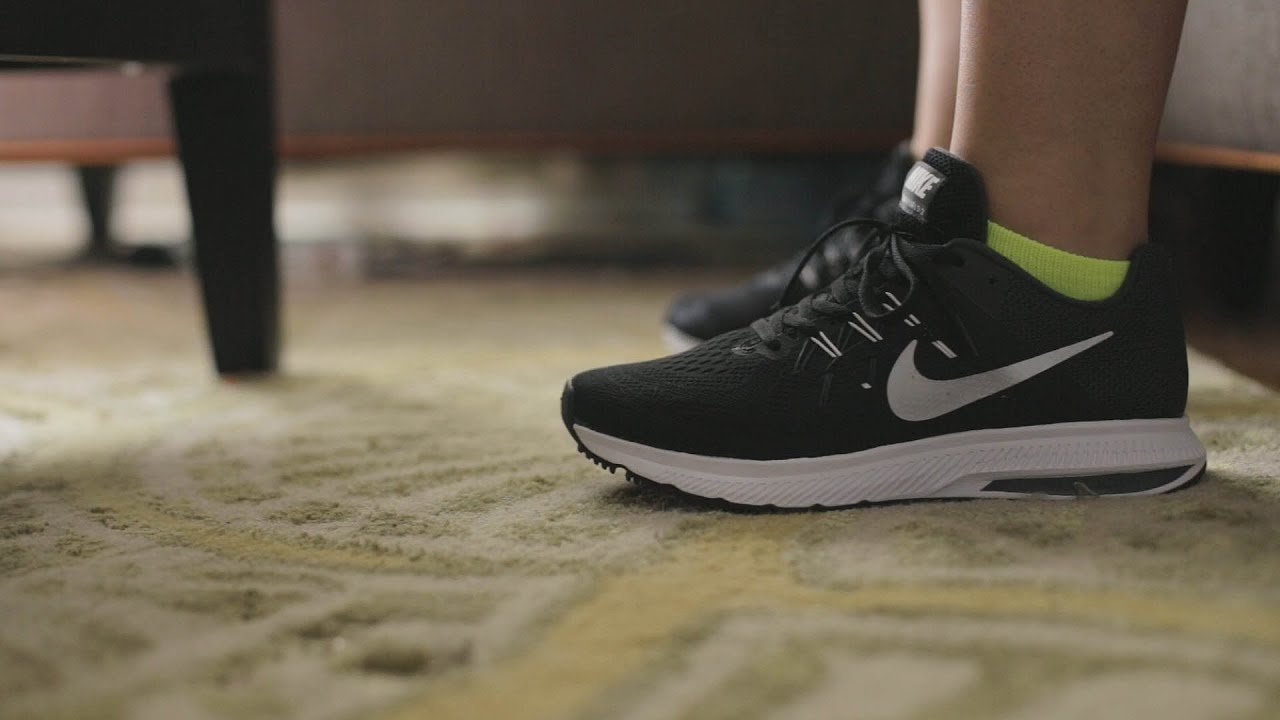
7. Camera Phones
NASA developed CMOS sensors that allowed NASA to implant small cameras in spacecraft and extract high-definition images out of them. The same technology was later used in creating camera phones.
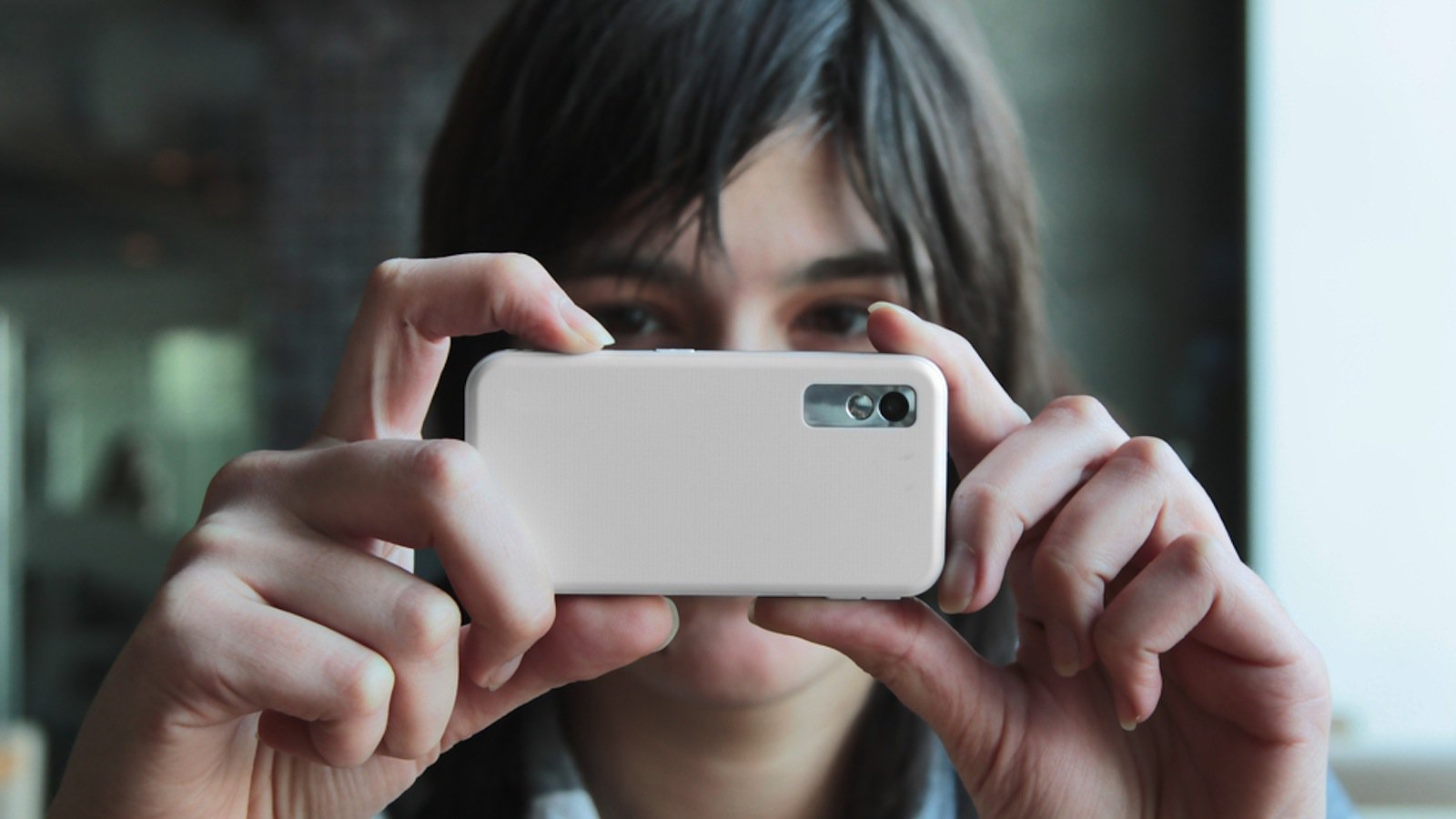
8. Water Purifiers
NASA pioneered the technology to filter water and kill bacteria on the Appolo aircraft by using activated charcoal that contains ions to neutralize pathogens in water. Nowadays, we find a similar activated charcoal technology in the models of leading water purifying brands.
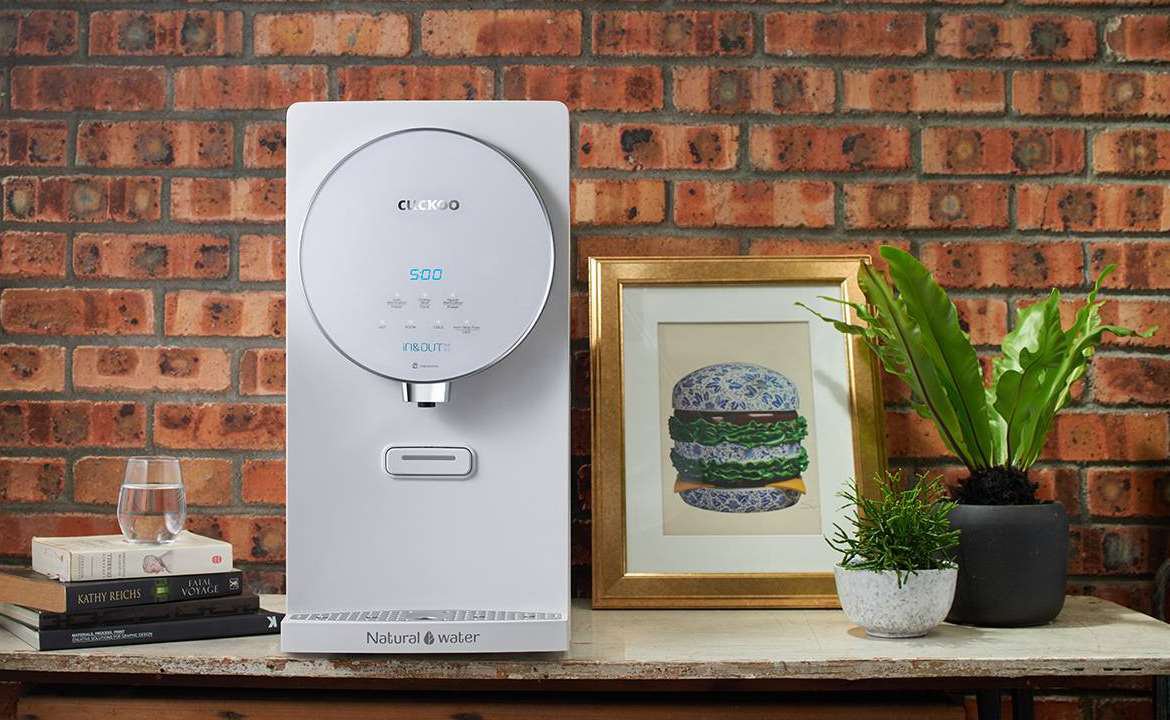
9. Wireless Headsets
NASA developed wireless headsets to allow astronauts to communicate without the complications of tangled wires. Later, inspiration from the same resulted in the invention of wireless headphones and made the life of the masses easier.
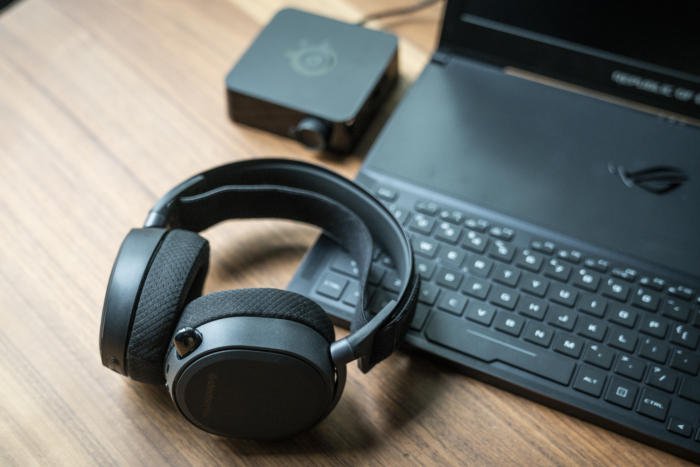
10. Freeze Dried Foods
Space agencies conducted extensive research into space foods and developed the technique of freeze-drying which helped in retaining 98% of nutrients and weighted nearly 70% less than the original weight of the food. After that, the food industry utilized this technique to make the eating habits of working people a little easy and safe on health.
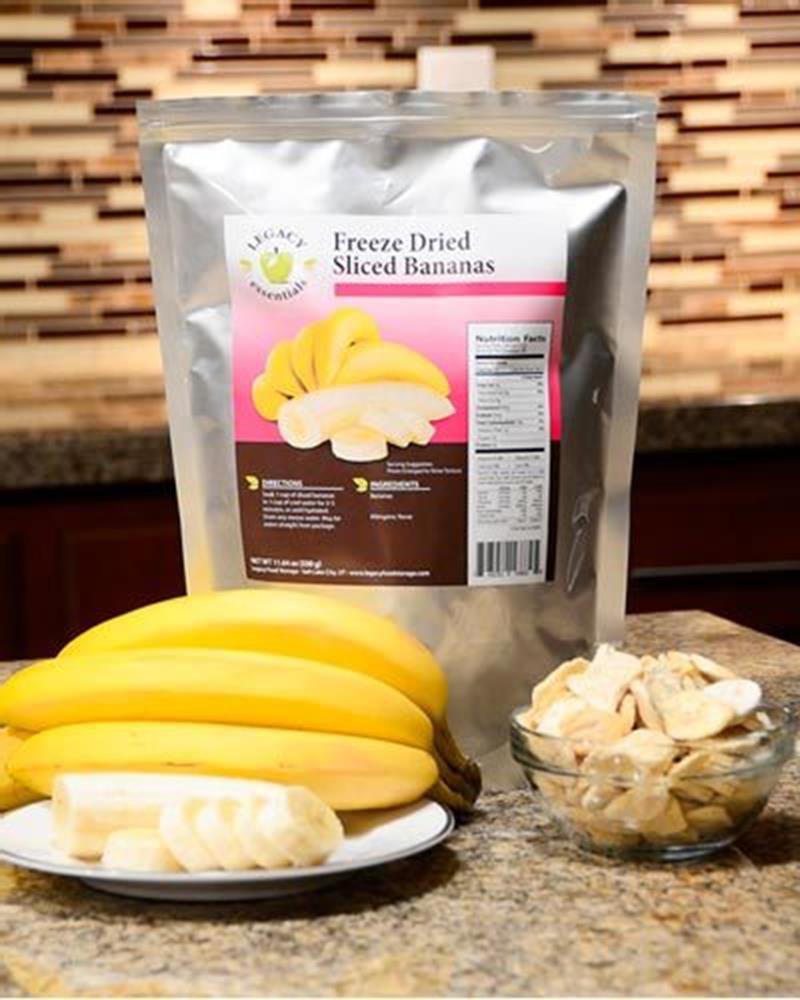
11. Computer Mouse
Computers have always been applied to various aspects of space flight. This made the space technology to find a way to make the computer more interactive and user-friendly by developing computer mouse.
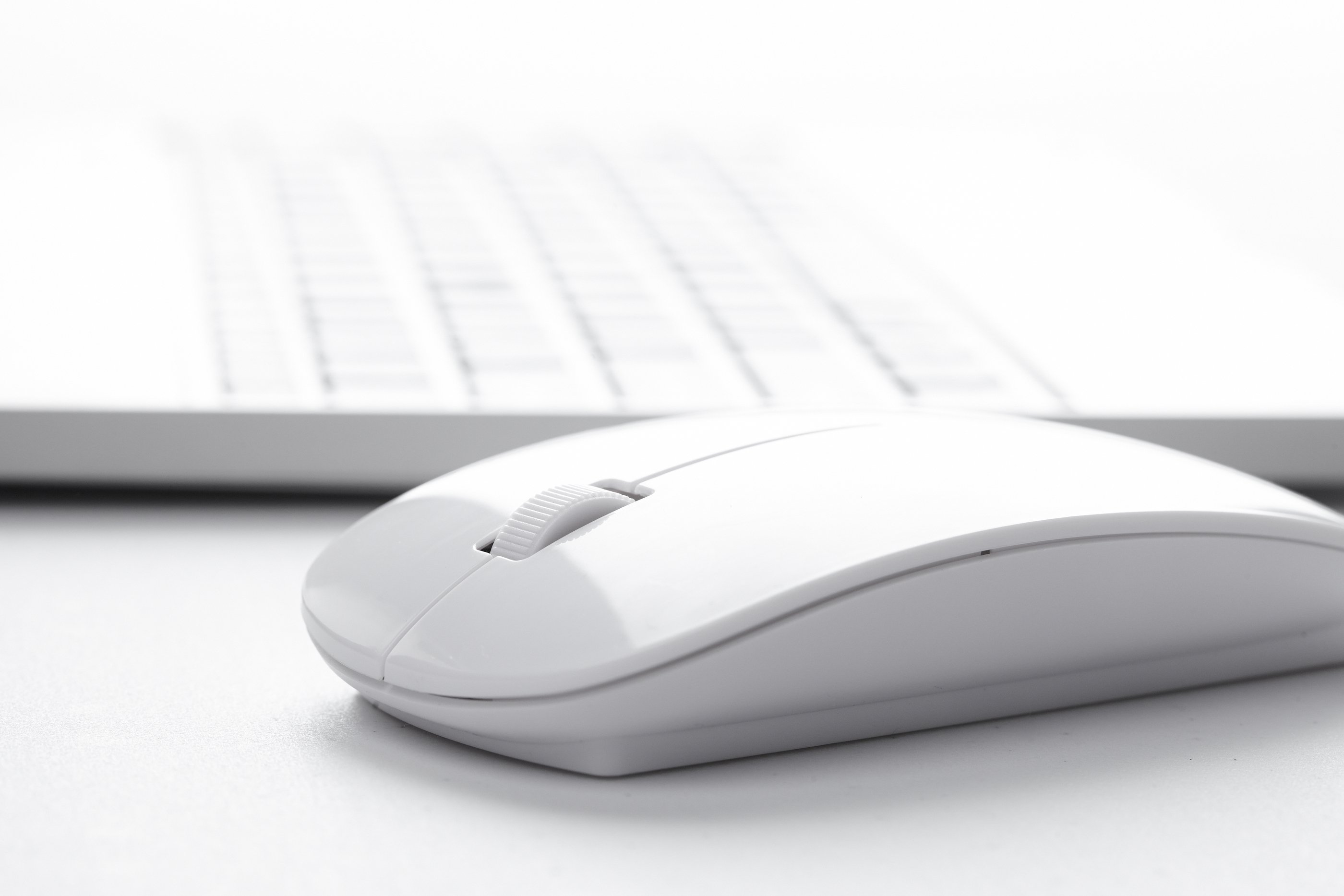
12. Ear Thermometers
NASA developed an infrared technology to measure the temperature of the stars and make space travel much more comfortable for astronauts. The same infrared technology is found in the ear thermometers that captures our body temperature by detecting the amount of energy given off by the eardrum.
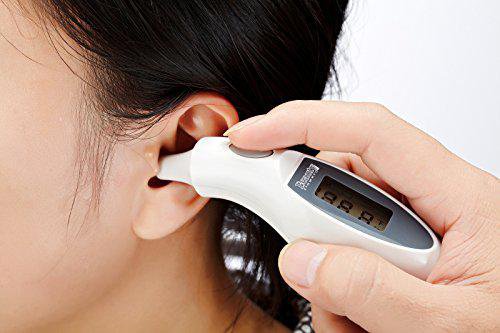
13. LED
LED or Light Emitting Diode technology was invented by NASA to grow plants in space. This technology then led to the development of many medical devices like WARP 10 and other daily use items like LED bulbs to save electricity to the maximum.
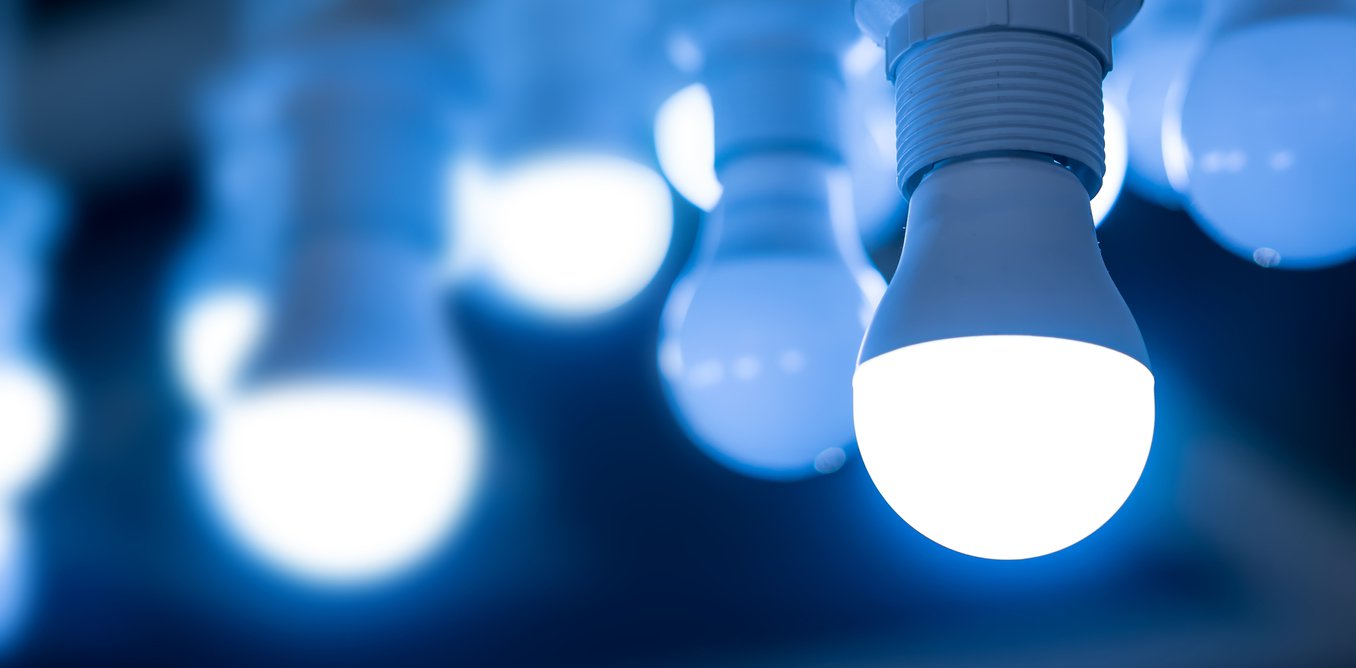
15. Portable Computer
NASA developed a GRiD compass, the first portable computer for better communication from space. Later, this technology was modified as per the commercial market needs and got the form of laptops.
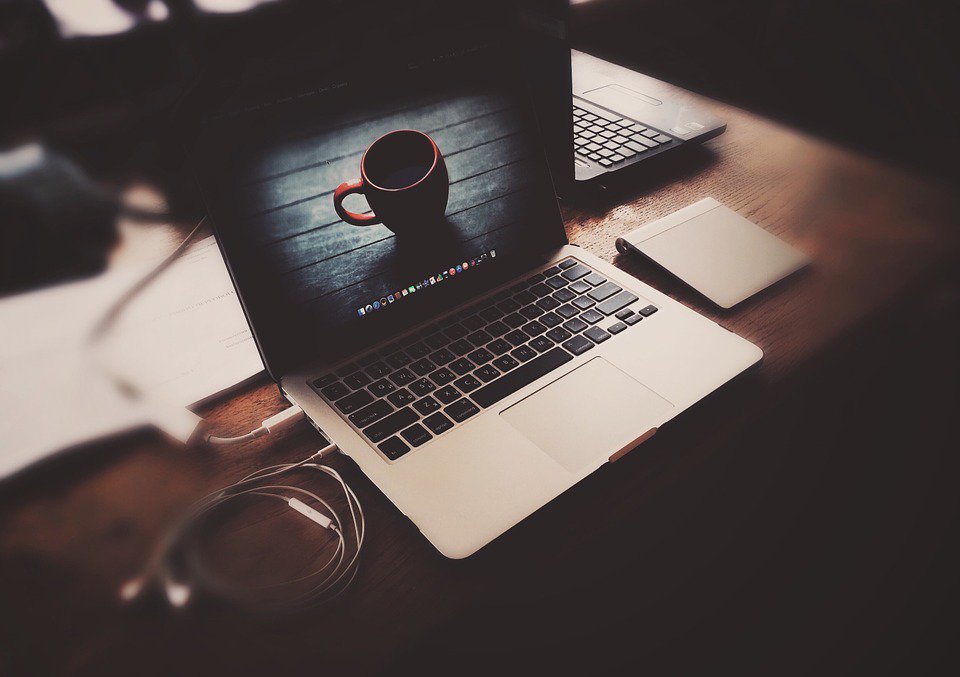
I am going to write a ‘Thank You’ note to NASA. Will you?

















